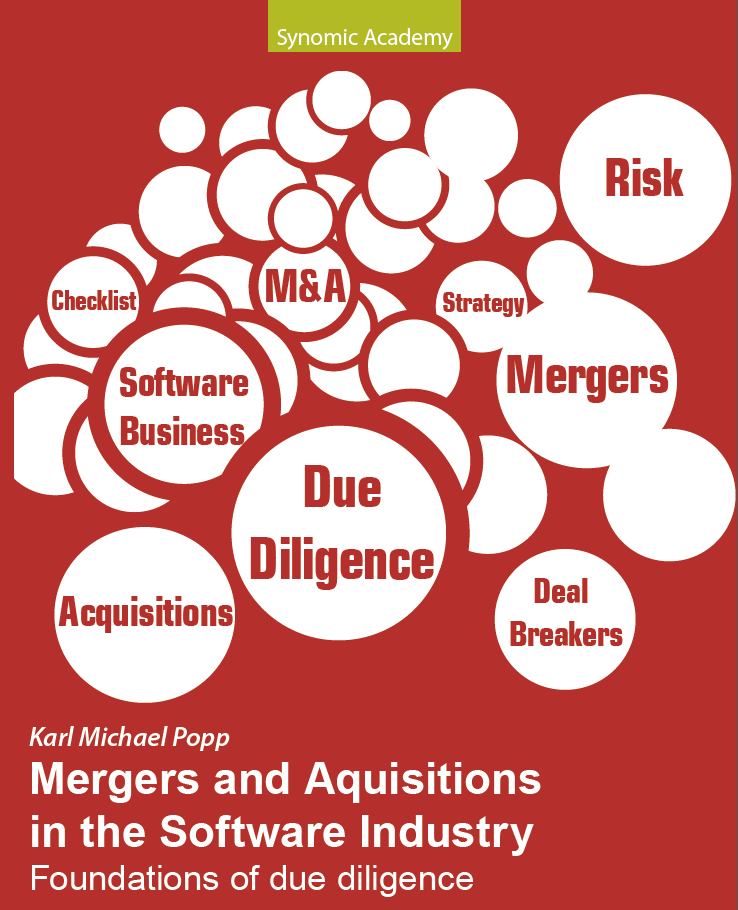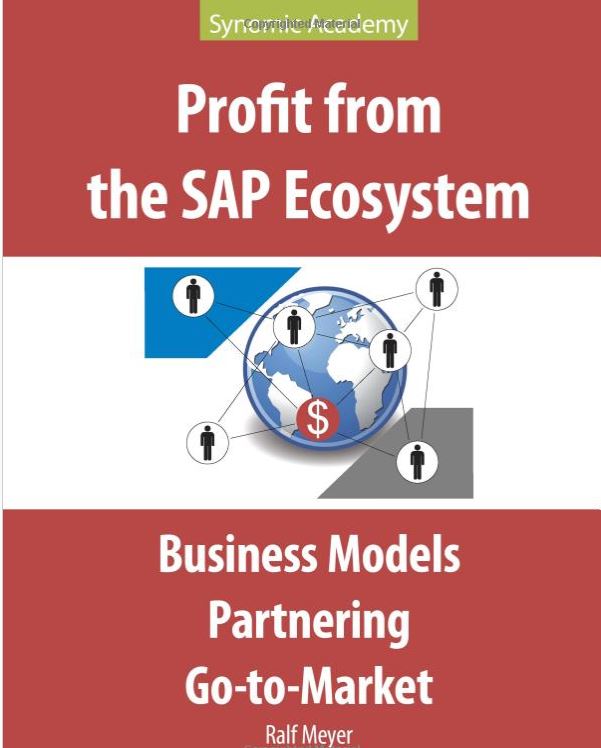Aggregator business models: what are the key aspects?
Key Aspects of Aggregator Business Models
Aggregator business models are often applied when customers buy products or services in a fragmented, heterogeneous market. In this situation, an aggregator can reduce the customer´s pain of searching and contracting with numerous suppliers. Aggregator business models have a number of key features. For one, they offer economies of scale and tight central control. Additionally, they can sell products and services under one brand. These benefits make aggregators a winning strategy for both consumers and businesses. In this article, we will discuss some of the key aspects of aggregator business models.
Aggregator business model is a win-win strategy
The aggregator business model has a number of advantages for both businesses and consumers. It can help cut costs and create a trust chain. It also increases the value proposition to the consumer. Many consumers value ease of access, cost-effectiveness, and time-saving services.
Aggregators work on a win-win strategy because they help providers get more customers and earn a commission from each sale. The provider also benefits since the aggregator company can support the marketing efforts of the service providers. It can even help the businesses grow. Here's how it works.
First, the aggregator provides the necessary marketing for the service. This allows them to influence search engine results by selling customer attention. The aggregator also helps sellers by promoting their products on its platform. In this way, the aggregator can subsidize the service with a key customer.
Aggregators have tight central control
Aggregator business models operate on the web by gathering data from multiple sources to provide services to consumers. Usually, these businesses are co-ops that provide merchandise or specialist services. These businesses charge specific costs or a commission for these services. The value of an aggregator business model to the customer is in the time and money saved by the consumer.
Aggregators have grown significantly in recent years across most of Europe. They are capturing a larger share of the online insurance market, as customers become more comfortable with buying financial products online. Insurers need to monitor the growth of these online competitors and determine the best way to engage with them.
They sell products and services under one brand
Aggregator business models combine various offerings into one to offer a single brand for a variety of services. These companies collect information from multiple providers, such as taxi companies, and make them a part of their business. This model has helped many startups become billion-dollar businesses. Some examples include Uber, the world's largest taxi company, and food delivery site Zomato.
Aggregators create a standardized price band for their products and services and bring them together under one brand. This helps them keep their brand equity and add credibility to their business model. As a result, aggregators are very popular with marketers and consumers.
Why don´t you check other articles on aggregators? Continue to
Aggregator business models: Ten aggregator company examples
Revenue Models For Aggregator Companies
Ten steps to create an aggregator company
Aggregator business models: full story and future trends
Platform Business Models – the basics
Building on the shoulders of giants. Shortcuts to Platform Business Success
They offer economies of scale
Economies of scale are the cost advantages that a business can realize as a result of increased production. These cost savings can be realized in two ways: internal and external. Internal economies of scale arise from factors that affect a single business, while external economies are caused by factors that affect the whole industry. As a result, economies of scale are cost savings and competitive advantages that larger businesses enjoy.
They entail a sense of competition for the aggregator
In the movie world we have a diverse set of suppliers, e.g. many film studios. Aggregators can ensure that their films are distributed to the largest possible audience by combining their digital marketing expertise and local markets. They can create packages of curated content that is available on multiple platforms. This ensures the broadest distribution possible for audiovisual works.
Aggregators are typically two-sided marketplaces, with a sense of competition for both offering providers and buyers. Their business model consists of building up a brand that attracts both parties and develops a network effect. They build a brand that is associated with quality, price band, and on-demand delivery, and then use that brand across all touch points with customers. To maintain their brand, aggregators typically hire quality assurance teams to ensure that the services offered are of the highest possible standard.
In addition to facilitating the creation of a broad range of consumer goods, aggregators also perform an important social role. They aim to empower consumers and small generators by providing them with access to the market. While perfect markets do not exist, aggregators still serve an important function for consumers and providers.Key Aspects of Aggregator Business Models
Aggregator business models are often applied when customers buy products or services in a fragmented, heterogeneous market. In this situation, an aggregator can reduce the customer´s pain of searching and contracting with numberous suppliers. Aggregator business models have a number of key features. For one, they offer economies of scale and tight central control. Additionally, they can sell products and services under one brand. These benefits make aggregators a winning strategy for both consumers and businesses. In this article, we will discuss some of the key aspects of aggregator business models.
Get into discussions with us at the European Workshop on software ecosystems
Now, continue to
Aggregator business models: what are the key advantages?
Aggregator business models: Ten aggregator company examples
Revenue Models For Aggregator Companies
Ten steps to create an aggregator company
Aggregator business models: full story and future trends
Platform Business Models – the basics
Building on the shoulders of giants. Shortcuts to Platform Business Success
Like my thoughts? READ MY NEW BOOK
ORDER AT AMAZON
ORDER IN GERMANY









